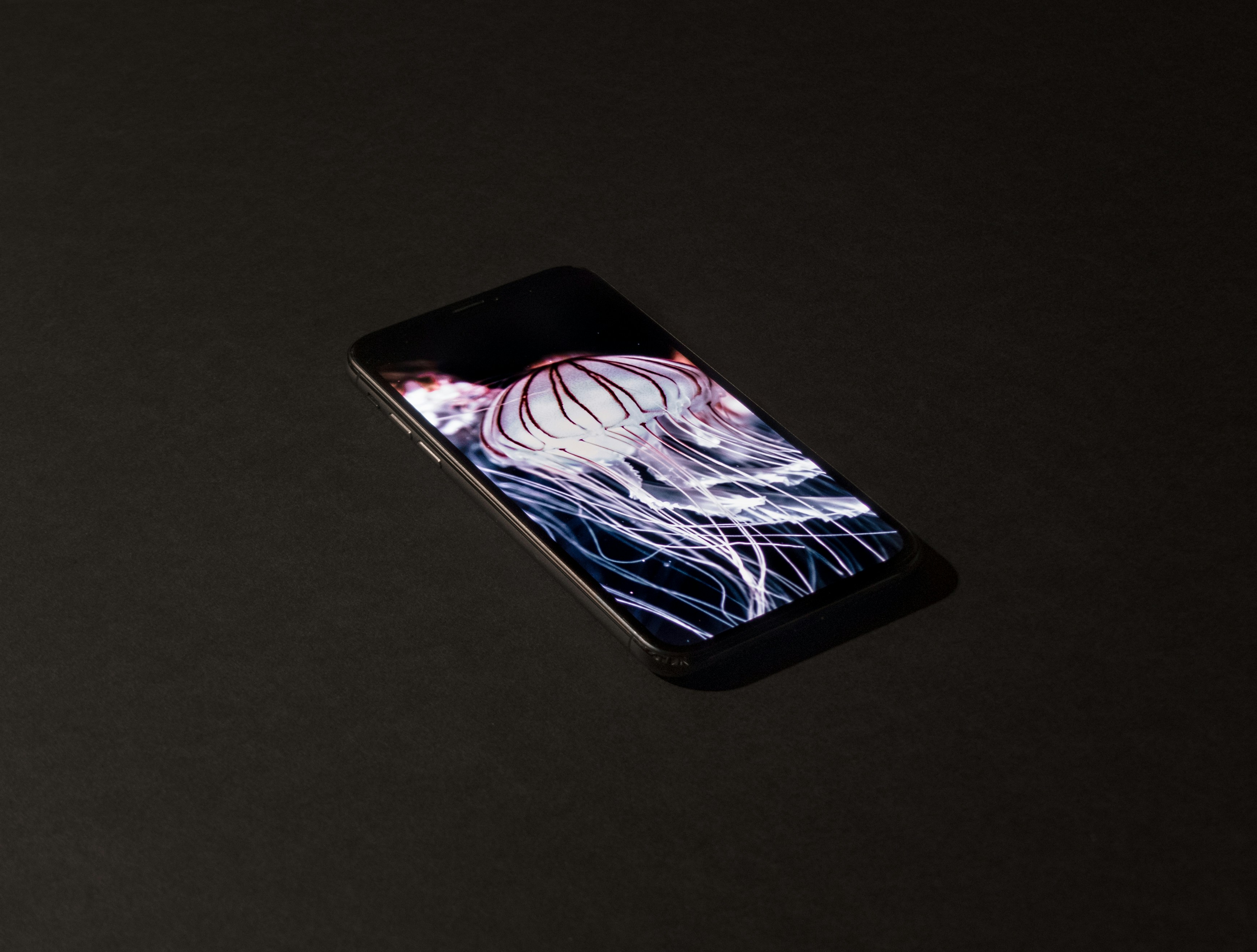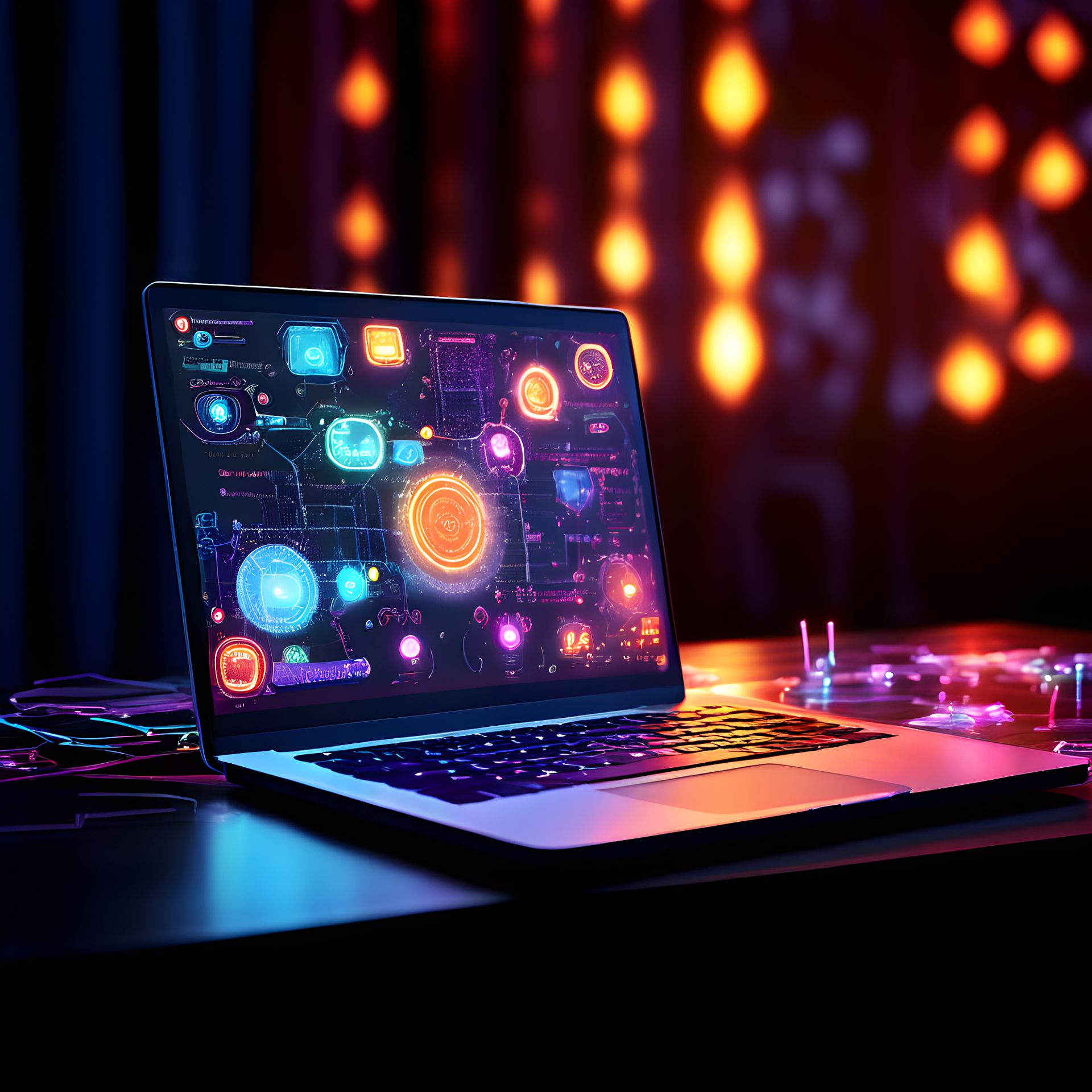Holographic Keyboards: Typing in Thin Air
In a world where technology constantly pushes the boundaries of what's possible, holographic keyboards are emerging as a futuristic solution to our typing needs. Imagine projecting a keyboard onto any surface or even into thin air, allowing you to type without physical keys. This isn't science fiction anymore—it's a reality that's slowly making its way into our digital lives. Let's dive into the world of holographic keyboards and explore how they might reshape our interaction with computers and mobile devices.

These initial attempts were clunky and unreliable, often suffering from lag and accuracy issues. But they laid the groundwork for more sophisticated systems to come. As sensor technology improved and algorithms became more refined, holographic keyboards started to evolve from novelty gadgets into potentially viable input devices.
How Holographic Keyboards Work
At their core, holographic keyboards rely on a combination of projection technology and motion sensing. A small projector emits an image of a keyboard onto a surface or into the air. This image can be customized in size, layout, and even language, offering flexibility that physical keyboards can’t match.
The magic happens when you start to type. Advanced sensors, often using a combination of infrared and camera technology, track the movement of your fingers. When the system detects that you’ve “pressed” a key, it registers that input just as a physical keyboard would. Some systems even provide haptic feedback through subtle vibrations or sound effects to simulate the feel of typing on real keys.
The Potential of Holographic Input
Holographic keyboards offer several potential advantages over traditional input methods. For one, they’re incredibly portable. A holographic keyboard system can be much smaller than a physical keyboard, making it ideal for mobile devices or compact workspaces. Imagine pulling out your smartphone and instantly having a full-sized keyboard at your disposal, without the need to carry any extra hardware.
Customization is another key benefit. With holographic technology, users could potentially switch between different keyboard layouts on the fly, adjust key sizes for comfort, or even create entirely new input methods tailored to specific tasks or applications. This level of flexibility could be a game-changer for accessibility, allowing users with different needs to customize their input experience.
Current Limitations and Challenges
While the concept of holographic keyboards is exciting, the technology still faces significant hurdles. One of the biggest challenges is providing tactile feedback. Physical keyboards offer resistance and texture that many users rely on for accurate typing. Replicating this sensation in mid-air is a complex problem that researchers are still working to solve.
Accuracy is another concern. While motion tracking technology has improved dramatically, ensuring precise input detection in various lighting conditions and environments remains challenging. Additionally, the energy requirements for projecting a clear, visible hologram can be substantial, potentially impacting battery life in mobile devices.
Real-World Applications and Market Impact
Despite these challenges, several companies are actively developing holographic keyboard technology. Celluon, for example, has released products like the Epic and PicoPro, which project laser keyboards onto flat surfaces. While these are more akin to projected keyboards than true holograms, they represent steps towards more advanced holographic input systems.
The market impact of holographic keyboards is still uncertain. Current products are often priced in the $100-$200 range, positioning them as novelty items rather than mainstream input devices. However, as the technology improves and production scales up, we could see prices drop and adoption increase.
The Future of Typing
Looking ahead, holographic keyboards could be just the beginning of a broader shift towards holographic interfaces. As augmented and virtual reality technologies advance, we might see holographic keyboards integrated into AR glasses or VR headsets, allowing users to type in virtual environments without physical constraints.
Moreover, the principles behind holographic keyboards could lead to entirely new forms of input. Gesture-based controls, 3D manipulation of virtual objects, and context-aware interfaces could all evolve from the foundational technology of holographic input systems.
While we’re not quite at the point where holographic keyboards are replacing our physical ones, the technology is advancing rapidly. As we continue to push the boundaries of human-computer interaction, holographic keyboards represent an exciting glimpse into a future where our digital interfaces are limited only by our imagination, not by physical constraints.





